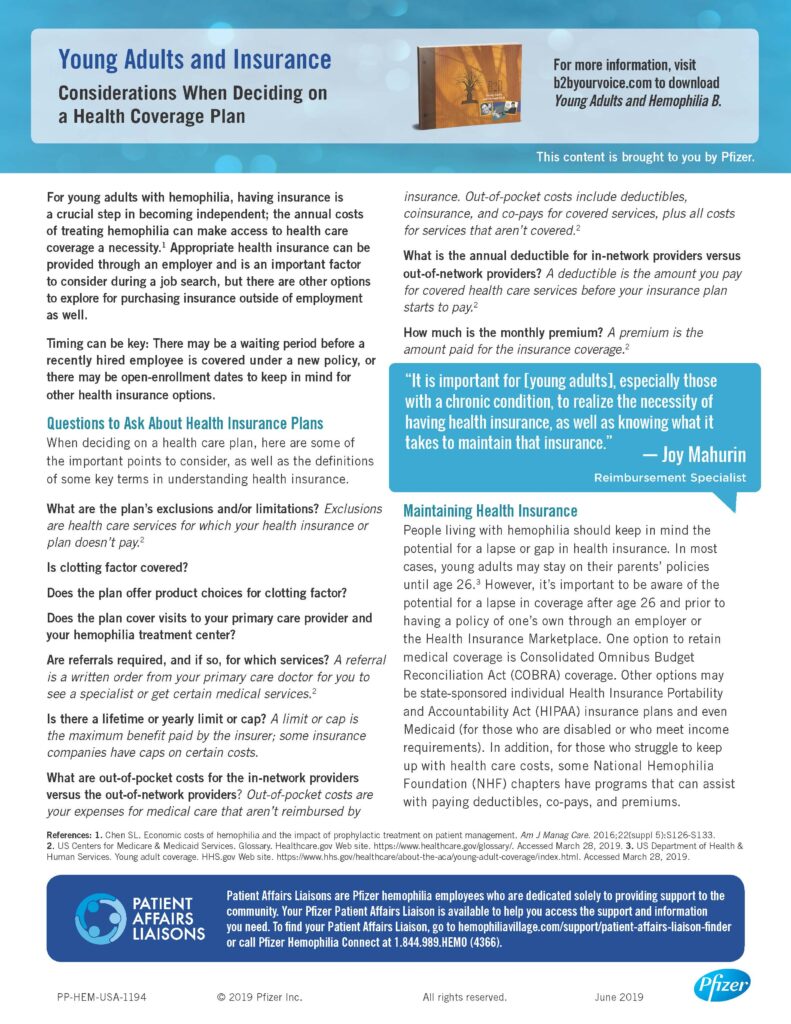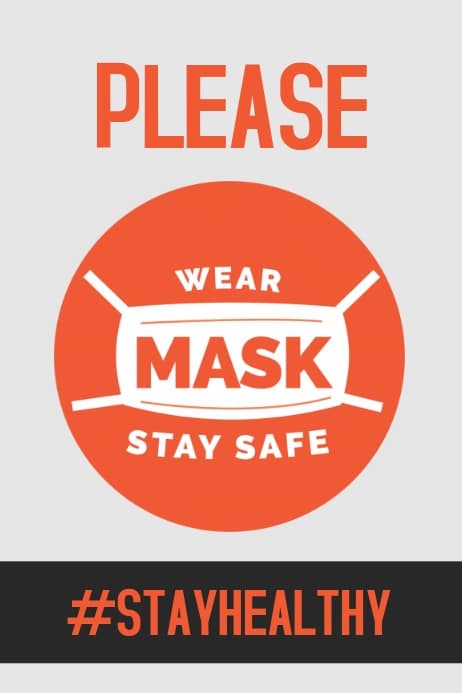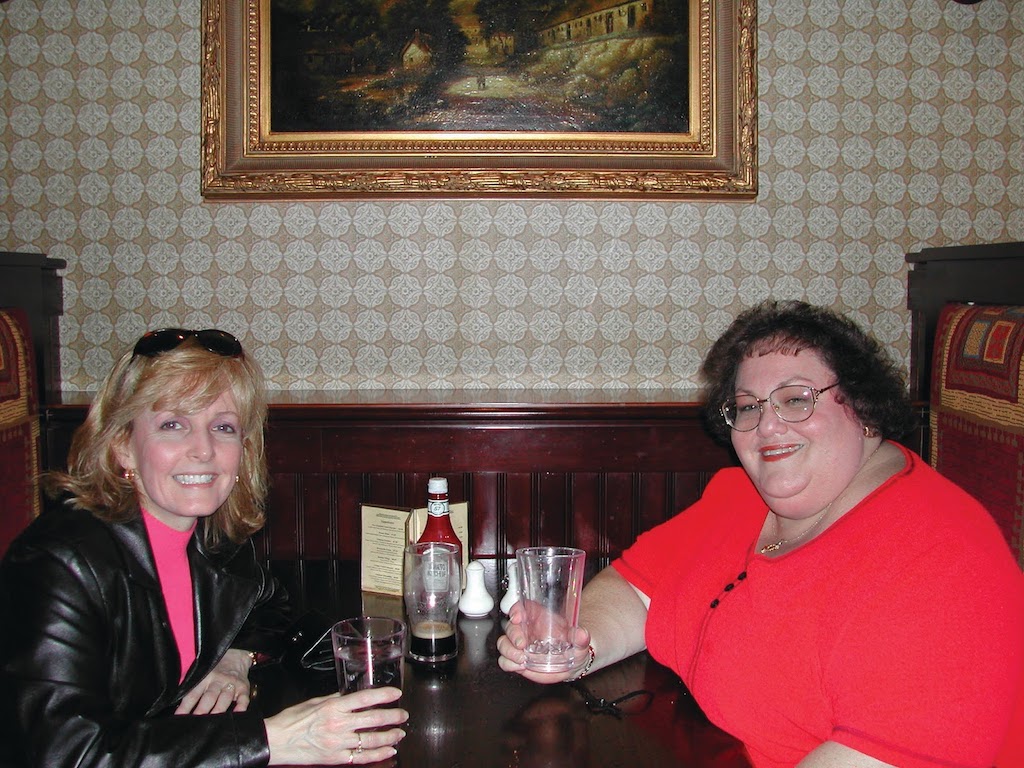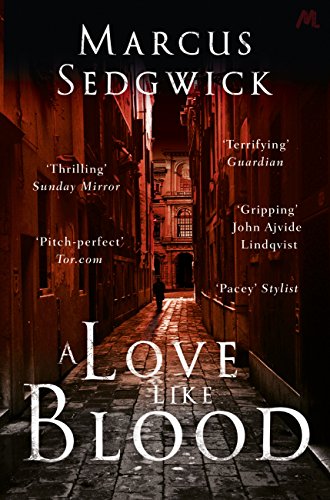Laurie Kelley
November 1, 2020
Every Halloween I indulge my love for literature by reading the classics: War of the Worlds, Dracula or Frankenstein. Great novels with iconic characters and intelligent stories. While War of the Worlds, by H.G. Wells, is not exactly a Halloween story, it rose to new fame when Orson Welles broadcasted live from New York’s Mercury Theatre in 1938, in a now infamous radio play, based on the book, which terrified listeners and convinced them that an actual alien invasion of Earth was happening!
Richard Atwood, our favorite archivist from North Carolina, loves literature too, and keeps finding these amazing and obscure books with references to hemophilia. And here’s another one he uncovered about vampires and hemophilia—well, not exactly vampires…
A Love Like Blood by Marcus Sedgwick. 2014.
In 1944, Dr. Charles Jackson, a 25-year-old house officer at Barts, is called up as captain in the Royal Army Medical Corps, Field Hygiene Section. When Paris is liberated, he visits an antiquities museum at Saint-Germaine-en-Laye. Weirdly, he stumbles upon a man in a bunker drinking blood from a woman. Stunned by either fear or curiosity, Charles turns and leaves quickly.
After the war, he returns to Cambridge as a 31-year-old consultant in hematology. In 1951, while attending an international conference in Paris to read a paper on leukemia, Charles spots the man in the bunker! He is dining with a beautiful woman in her early 20s. With a bit of sleuthing, he discovers the man is Anton Verovkin, a rich and titled Estonian in exile, and the woman is Marian Fisher, an American PhD student at the Sorbonne. Marian is researching her dissertation: how blood is used in Dante’s The Divine Comedy.
Charles eventually starts a relationship with Marian and falls in love. In Paris that June, Charles finds Marian to be paler and ill, and he warns her of Verovkin as being dangerous. By August, Charles is told that Marian has returned to America for a heart operation. Charles chooses to focus on his hemophilia research in Cambridge. His small research unit investigates improved plasma products to help patients with hemophilia. Charles eventually marries Sarah, who then tragically dies. This guy has bad luck!
In 1961, Charles receives a letter from Mrs. Margery Fisher in New York. She reveals that Marian died in 1951, and was buried in Paris, hinting that Marian had loved Charles. Following scant clues, Charles travels to Paris to learn of Marian’s brutal murder, and then to Avignon to discover Verovkin conducting a blood-drinking religious ceremony. Verovkin’s followers abduct and beat up Charles before the French police send him home. Charles inquires into clinical vampirism, or blood drinking. An invitation to visit Professor Enzio Mazzarino in Rome to discuss his hemophilia research turns out to be a ruse, but Charles encounters an underage prostitute. When Charles returns to London to be with his dying father, the police raid his house to find planted photographs of Charles with the prostitute. Fired from his job and fleeing the police, Charles takes his inheritance money and hides in Scotland.
Studying clinical vampirism, specifically the psychologically disturbed and their relationship to blood, Charles becomes more paranoid. He accidentally kills a private detective, who he hired to find Verovkin, when the detective instead stalks Charles. Hiding in London, Charles learns more of the perversions and taboos of blood. When, in 1964, newspapers report that Giovanna Scozzo, a young Italian female with hemophilia, will be treated at the Swiss Haemophilia Clinic in Lausanne due to the generosity of a rich Swiss philanthropist, Charles, without a passport, makes his way to Switzerland, killing a fisherman on the way. The abducted Giovanna is the bait for Charles, who is also abducted to Verovkin’s chateau in Yugoslavia. Imprisoned there, Charles is forced to drink blood to survive. By cutting off his thumb, Charles escapes his wrist shackle and burns down the chateau. Still wanting to avenge the murder of Marian, Charles searches three years for the scarred Verovkin, finally finding him in Italy, in 1968. Charles kills Verovkin, by slashing his neck with a knife, eerily realizing his personal desire for blood.
Richard comments: “ This novel, labeled as crime fiction, begins with an interesting love story and morphs into a disturbing thriller. The budding romance of a hematologist specializing in hemophilia and a beautiful woman never reaches fruition, yet the protagonist seeks revenge for the murder of his unfulfilled love, using his hefty inheritance to fund his obsession. The novel lists numerous minutiae about blood. Hemophilia is an integral part of the plot involving blood, adding vital substance and the appropriate name for the “love of blood.” Oxford researchers are attributed, in 1951, with the use of snake venom as a treatment of hemophilia, and then, by 1961, for the identification of additional clotting factors.
Marcus Sedgwick, 2014, A Love Like Blood. New York, NY: Pegasus Crime. 310 pages.










